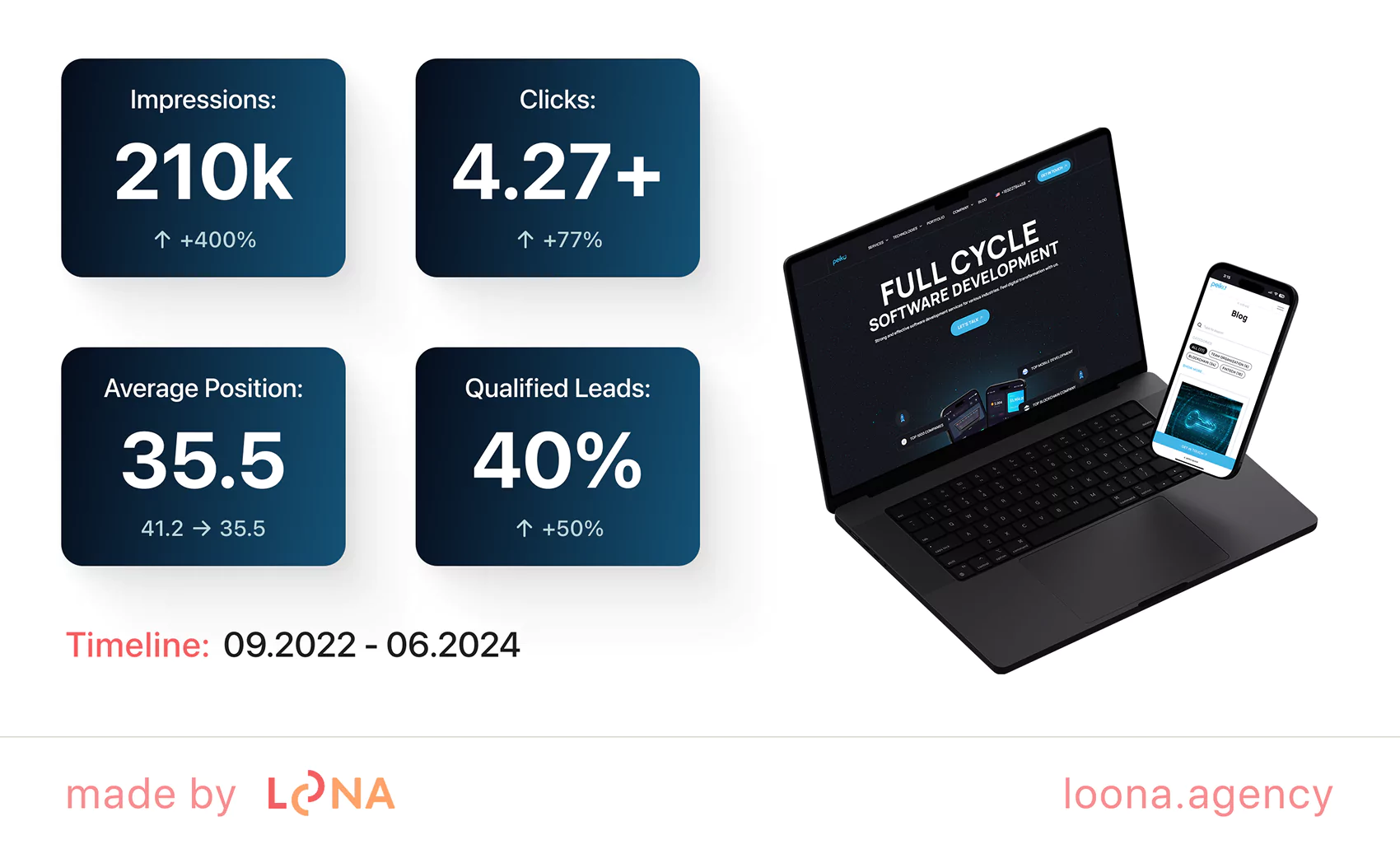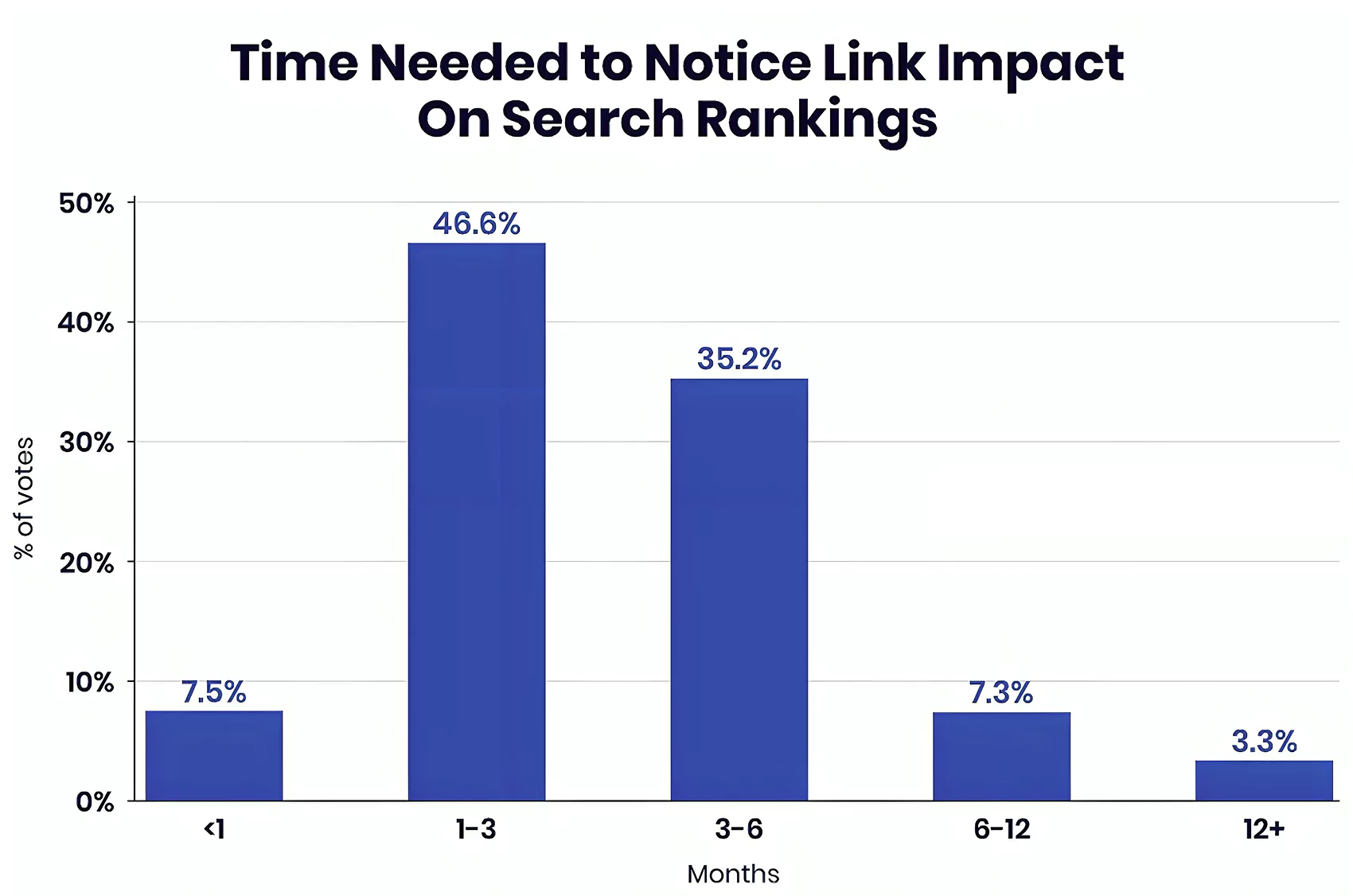Custom SEO Strategies to Boost Your Website Rankings

In a crowded digital marketplace, standing out in search results is the path to total success. WHAT to do if generic methods are no longer effective? To climb higher and stay there, you need custom SEO strategies tailored to your site's audience, niche, and goals. In this article, we'll look at how custom SEO (search engine optimization) differs from regular SEO, how it affects your site, and what tools are essential for it.
What is custom SEO?
Custom SEO is an approach in which every aspect of search engine optimization is tailored to the unique characteristics of your website:
content;
target market;
competitive environment.
Instead of general, one-size-fits-all packages, custom SEO solutions start with the detailed study of rankings: keywords, backlink profile, site architecture, and user behavior. Professionals thereafter come up with a roadmap compliant with your brand, products, and expansion objectives.
The actual customized SEO can entail optimizing your site structure for low-frequency queries, creating highly specialized content, or utilizing local and industry-specific cues. Since you focus on what makes your site unique, you will avoid falling into the trap of common tactics that often fail.
Custom SEO vs standard SEO
While standard SEO strategy relies on common methods — targeting high-volume keywords, broad link building campaigns, and basic on-page changes — a custom SEO strategy uses other methods.
With a custom approach, research goes beyond generic keyword tools to competitor analysis and user intent mapping. This identifies niche opportunities that lead to real conversions.
Content creation is shifting from template-based articles to user-centric content, such as case studies or localized pages. Technical optimization goes beyond fixing page speed and mobile compatibility, including:
advanced schema markup;
dynamic sitemaps;
industry-specific improvements.
Link building as part of customized SEO is about targeted partnerships, guest posts on reputable niche sites, and collaborative marketing efforts directly related to your brand.
Benefits of custom SEO
Personalized use of SEO is profitable because resources are devoted to techniques that produce quantifiable results, such as finding high-converting long-tail keyword phrases or improving user experience on high-priority pages.
Since tailored plans are updated with changes in algorithms and market shifts, they eliminate the traffic losses associated with fixed methods. When content is grounded in actual user behavior, it will have higher resonance, resulting in more engagement and conversions.
You also specialize and differentiate yourself. By making your specialty services or local markets clear, you distinguish yourself against large and general competitors.
Lastly, an A/B testing and continuous measurement model using data will ensure that each component, such as title tags and site navigation, is optimized based on real-world performance.
A software and blockchain company Peiko approached us to expand their digital presence and global reach. Loona Agency realized the potential with the implementation of strategic SEO. We provided link building, content creation, SEO optimization, and expansion strategy, and here's how it impacted the stats.

We analyzed and identified growth opportunities. Increased SEO rankings and strengthened domain authority. Optimized the site to improve organic search results and increase conversions.
Basic elements of custom SEO
Basic elements of custom SEO go beyond standard optimization. This approach focuses on tailored strategies that align with business goals, user behavior, and competitive pressure.
By integrating audience insights and technical analysis, SEO becomes a system of continuous improvement, targeted, measurable, and scalable, rather than a set of isolated actions. In total, they can be divided into 5 categories:
Site analysis. Checking technical condition, content deficiencies, quality of backlinks, and user analytics to determine baseline metrics.
Audience and market research. Creating detailed buyer personas, mapping their journey, and identifying key queries through surveys, heat maps, and competitor analysis.
Content planning. Balancing evergreen content with relevant content (blog posts, newsletters, videos) optimized for specific user goals.
Technical optimization. Implementing schema markup, dynamic XML maps, improving Core Web Vitals, and prioritizing mobile indexing.
Link profile work. Attracting relevant backlinks from authoritative industry sources, blogs, and directories to increase the site's credibility.
Such an integrated approach provides a steady growth of positions and traffic that meets the modern requirements of search engines. The work on custom SEO will not be a one-time thing.
Having all the five working in a synergy results in predictable outcomes of businesses: The visibility of search engines gets better, engagement and qualified traffic occur. The process would have to be followed up, tested, and modified continuously and aligned with changes in the algorithm, but the benefits are long-term and quantifiable in the form of ROI.
How to build a custom SEO plan
Building a custom SEO plan starts with defining clear goals, which could be:
increasing organic traffic;
increasing visibility in search;
improving conversions;
increasing brand awareness;
optimizing for voice search;
improving behavioral factors;
reaching the TOP for low-frequency queries;
improving the technical condition of the site;
building a quality link profile;
localizing SEO.
Thorough research includes a detailed keyword analysis against leading competitors, a study of user intent through surveys and analytics, and a technical analysis of the site to identify problems with speed, indexing (adding site pages to the search engine database), and security.
Based on this data, you create two work plans: the content and the technical part of the site. The main thing is first to create useful content (detailed guides) and, at the same time, fix technical errors (broken links).
Interesting fact: It will take 1 to 6 months to see the impact of links on search rankings.

The chart shows how long it takes for the impact of new links to become visible in the search engine.
When you allocate resources, it becomes clear which tasks can be handled by your in-house team and which ones will require custom SEO solutions. This helps clarify the boundaries of the areas of responsibility. After implementing the strategy, you should continually monitor the outcomes and adjust the strategy as needed, based on existing performance data.
Tools for custom SEO
The system utilizes various tools that emphasize an individualized approach to SEO. Each of them has its own goals, which are presented below.
Tool | Purpose | Notes |
SEMrush | Competitive research, keyword tracking | Robust shop for add-ons |
Ahrefs | Backlink analysis, content gap discovery | Excellent for link building |
Screaming Frog | Technical site crawl, error detection | On-premise desktop tool |
Google Analytics | User behavior, traffic sources | Free, essential for KPIs |
Moz Local | Local listings management | Simplifies local SEO tasks |
SurferSEO | Content optimization, SERP analysis | Google Docs integration |
The presented solutions comprehensively cover all aspects of promotion, from competitor analysis and technical audit to content creation and local SEO. SEMrush and Ahrefs allow creating a strong analytical foundation, and Screaming Frog and Google Analytics permit tracking the technical condition of the site and user activity.
The combination of these services in the working process enables you to rationalize the resources and receive a gradual rise in positions.
Common mistakes
The best thought-out plans may not work if some pitfalls are not addressed. Excessive optimization, such as keyword stuffing by forcing keywords into the content, will not lead to higher visibility but rather penalties.
Anything else is useless when it comes to neglecting technical problems, like slow pages, compatibility errors with mobile devices, or security warnings. Pursuing vanity measures such as position in ranking without relating to actual outcomes of the business is a waste of resources.
Neglecting to update valuable content means your best assets can become stale and lose ranking positions. Finally, underestimating localized signals — such as neglecting local listings or review management — can lead to a loss of visibility in map results for businesses with a physical location.
Truth about SEO success
Effective measurement ensures that your custom SEO services bring tangible returns. Focus on monthly and yearly organic traffic trends, as well as the share of votes for targeted keywords (especially long-tail and branded queries).

The infographic shows SEO statistics: 53.3% of website traffic comes from organic search, 27.6% of clicks get the first position in Google, and 96.55% of content goes untrafficked.
Also on engagement metrics — bounce rates, pages per session, and time on page, which reflect the relevancy of content. Conversion rates, whether it's customer engagement, registrations, or e-commerce transactions, should be directly linked to organic search.
Finally, keep an eye on the quality of backlinks and growing domain authority. Quarterly strategy reviews will allow you to reprioritize based on these metrics and celebrate successes.
Custom SEO trends
To keep up with the constantly changing world of SEO, the adoption of the latest trends that push performance in bespoke strategies is essential. Artificial intelligence has gone beyond basic keyword suggestions and taken it to the next level.
Artificial intelligence-based programs now analyze high-ranking pages to determine the best content structure, headline hierarchy, and even tone and style. This way, they will respond more effectively to search engines and humans.
The use of machine learning insights will enable the marketer to predict new search patterns and create articles or landing pages that respond to users' evolving intents, even before they pose a question. The second paradigm is voice search optimization. As smart speakers and voice assistants gain popularity, questions are becoming less keyword-like and may be presented in the form of questions.
By utilizing enhanced schema markup and creating extensive FAQ pages, sites can capture these long-tail, voice-search-driven search results and secure the coveted position zero featured snippets in search results. The mobile-first strategy has grown out of the fad to become a ranking driver.
The Core Web Vitals analysis by Google currently places a greater emphasis on mobile performance values; therefore, optimizing loading time, interactive features, and scrolling efficiency on smartphones is no longer negotiable.
To take it a step further, Progressive Web Apps (PWAs) can provide near-native experiences, meaning they can load quickly, remain available even when offline, and display push notifications, thereby enhancing engagement and dwell time.
Note that the concepts of E-E-A-T, which stand for Expertise, Authoritativeness, and Trustworthiness, are becoming increasingly popular, especially in industries where trust matters. Signals by which search engines determine the level of trustworthiness of a site include author credentials, external links to high-quality publications, and clear sources of authorship.

You can ensure high rankings in Your-Money-Your-Life (YMYL) niches by improving these indicators of trust through the use of author bios, citable sources, and consistent reviews of content.
Another trend gaining momentum is the use of interactive content formats. Calculators, quizzes, and video tutorials embedded on a page help users spend more time on the site, which is one of the reasons they stay on it. Search algorithms see this as a sign of useful information.
Together with structured data, e.g., review stars, reading time indicators, or event markups, such interactive features can produce richer search listings, often called rich snippets, which have the potential to raise the click-through rate of a page or article.
By integrating AI-based recommendations, voice search preparedness, mobile-first innovations, and good E-A-T practices, along with dynamic content formats, into your personalized SEO roadmap, you can create a solid solution that adapts to shifts in the algorithm and user behaviors. This kind of proactive strategy will ensure visibility, engagement, and conversions are long-term.
Craft a growth machine that outperforms algorithms
A customized approach to SEO turns your web resource into a highly optimized organic growth engine. It is this integration of thorough research, customized content, technical improvements, and constant measurement that allows you to develop a living strategy that changes and evolves.
Whether you engage an in-house team or a custom SEO, the investment will bring sustained traffic growth, increased brand authority, and increased conversions. Contact us and learn how to apply custom SEO strategies today to see your website climb in the rankings and maintain a competitive advantage.






